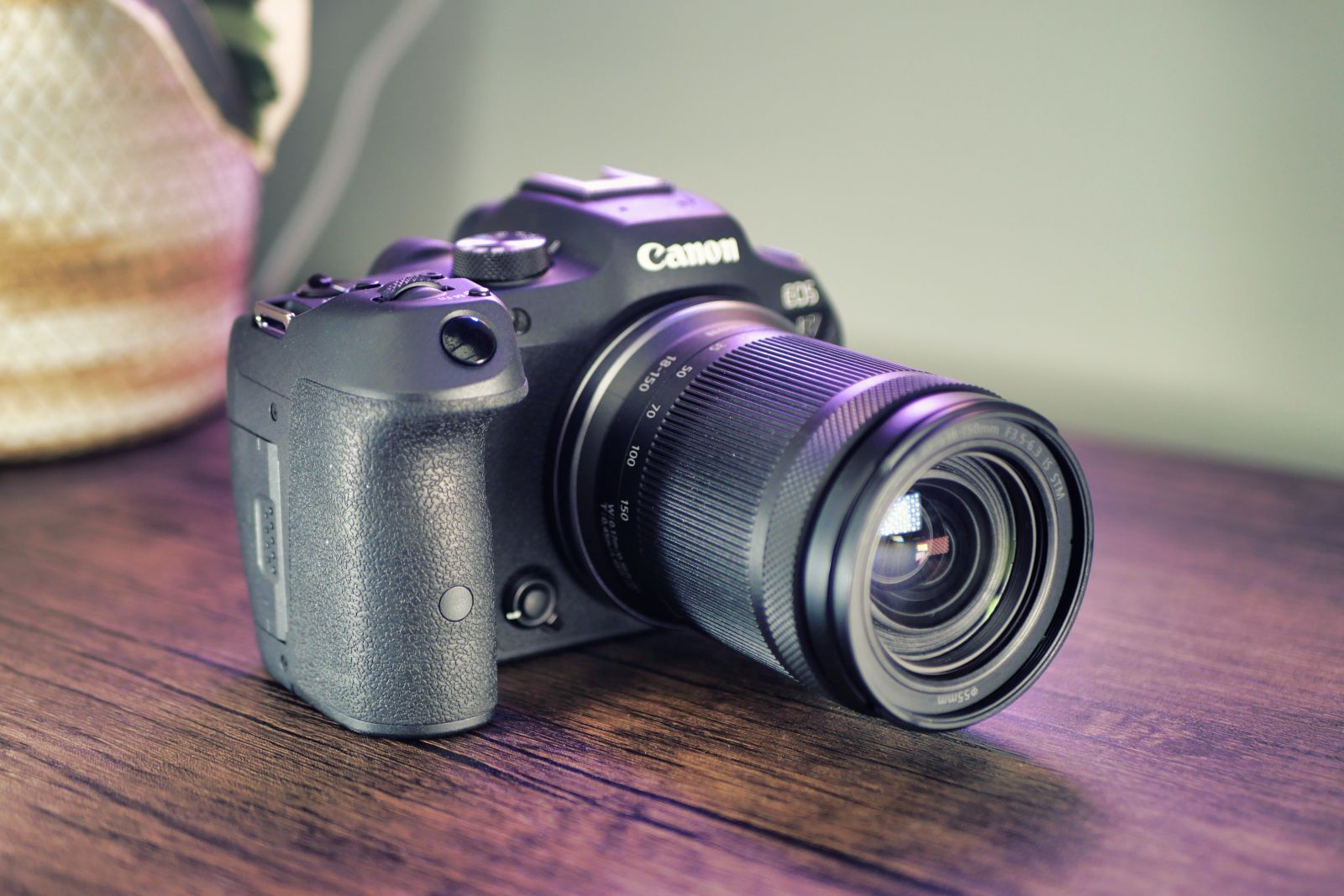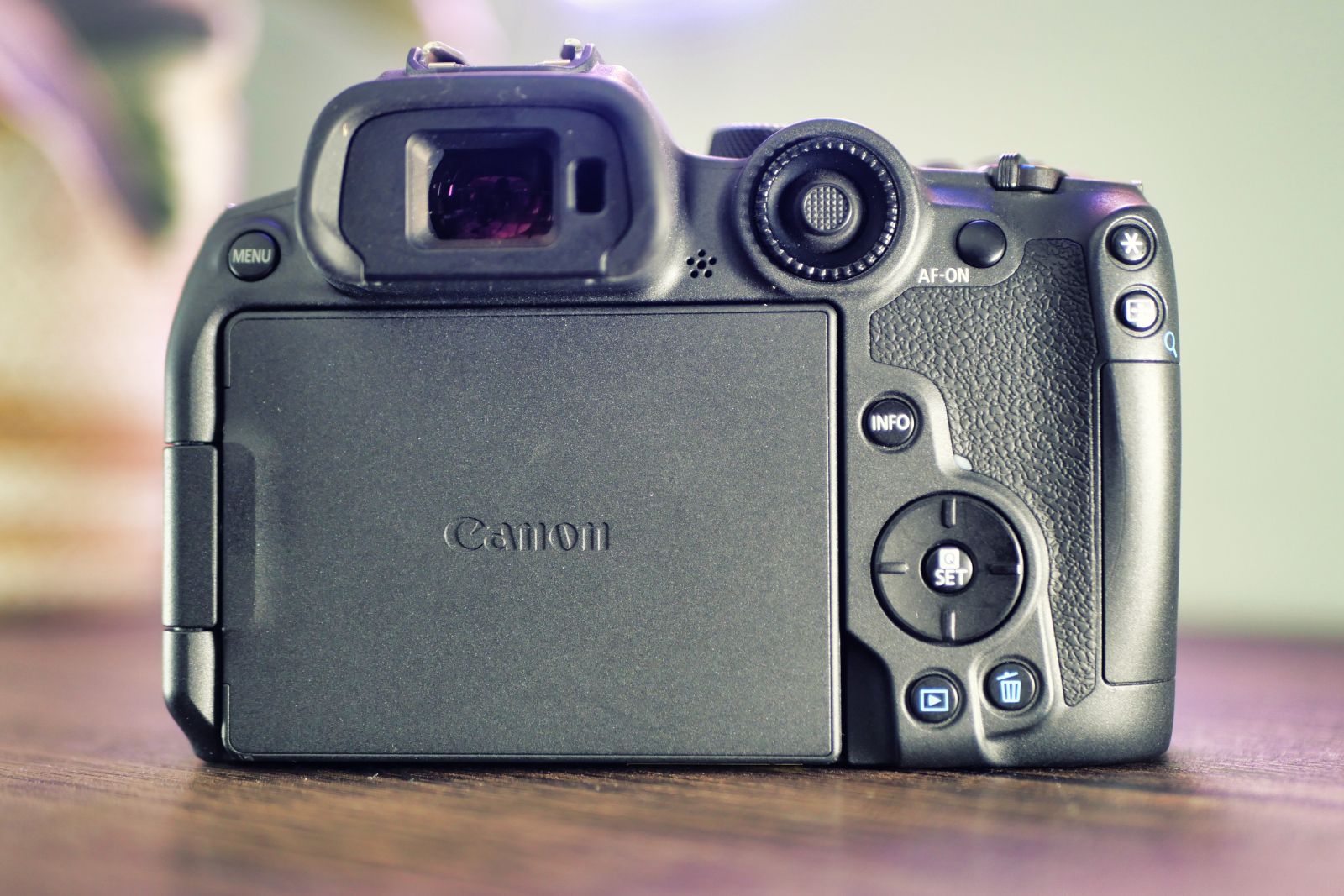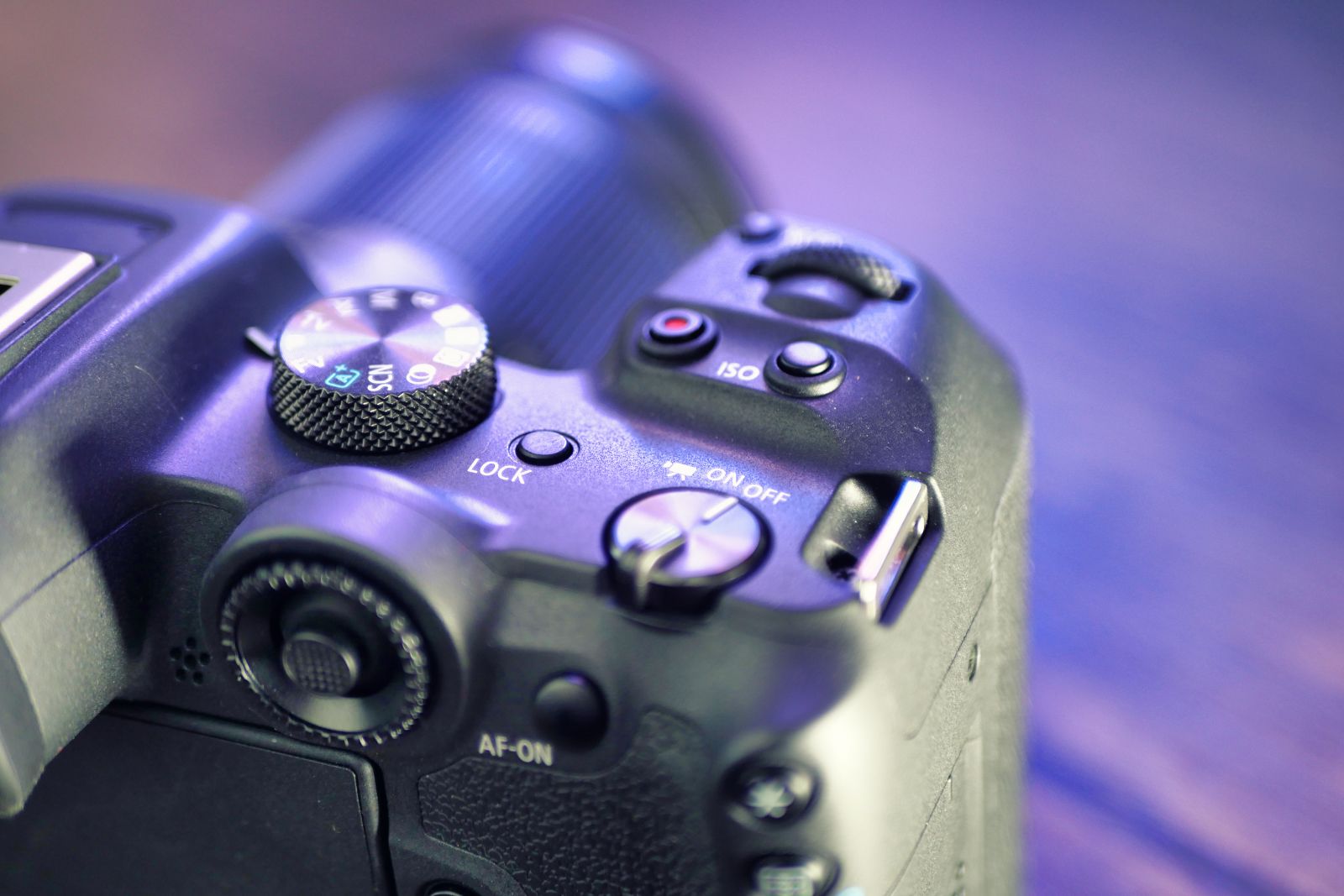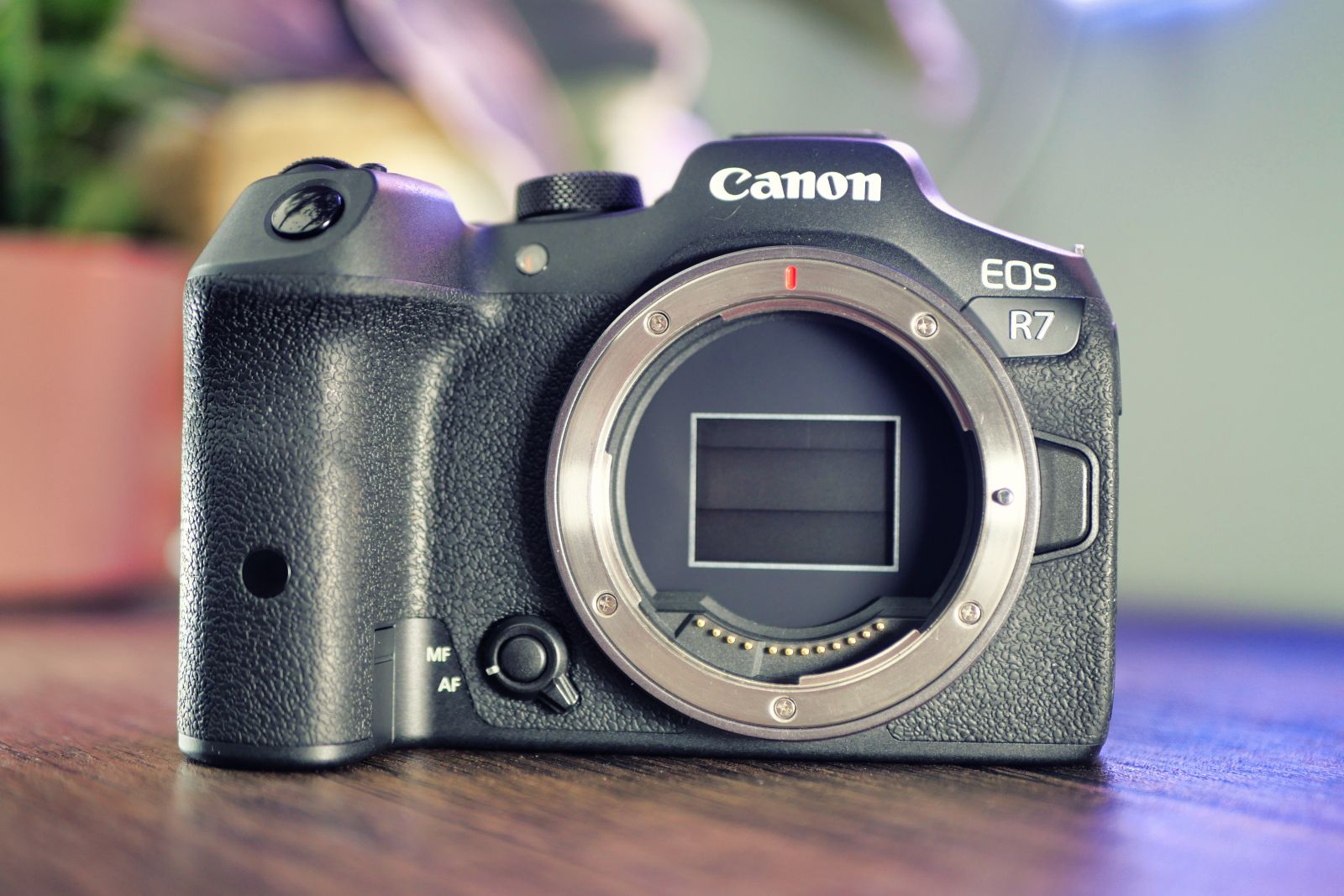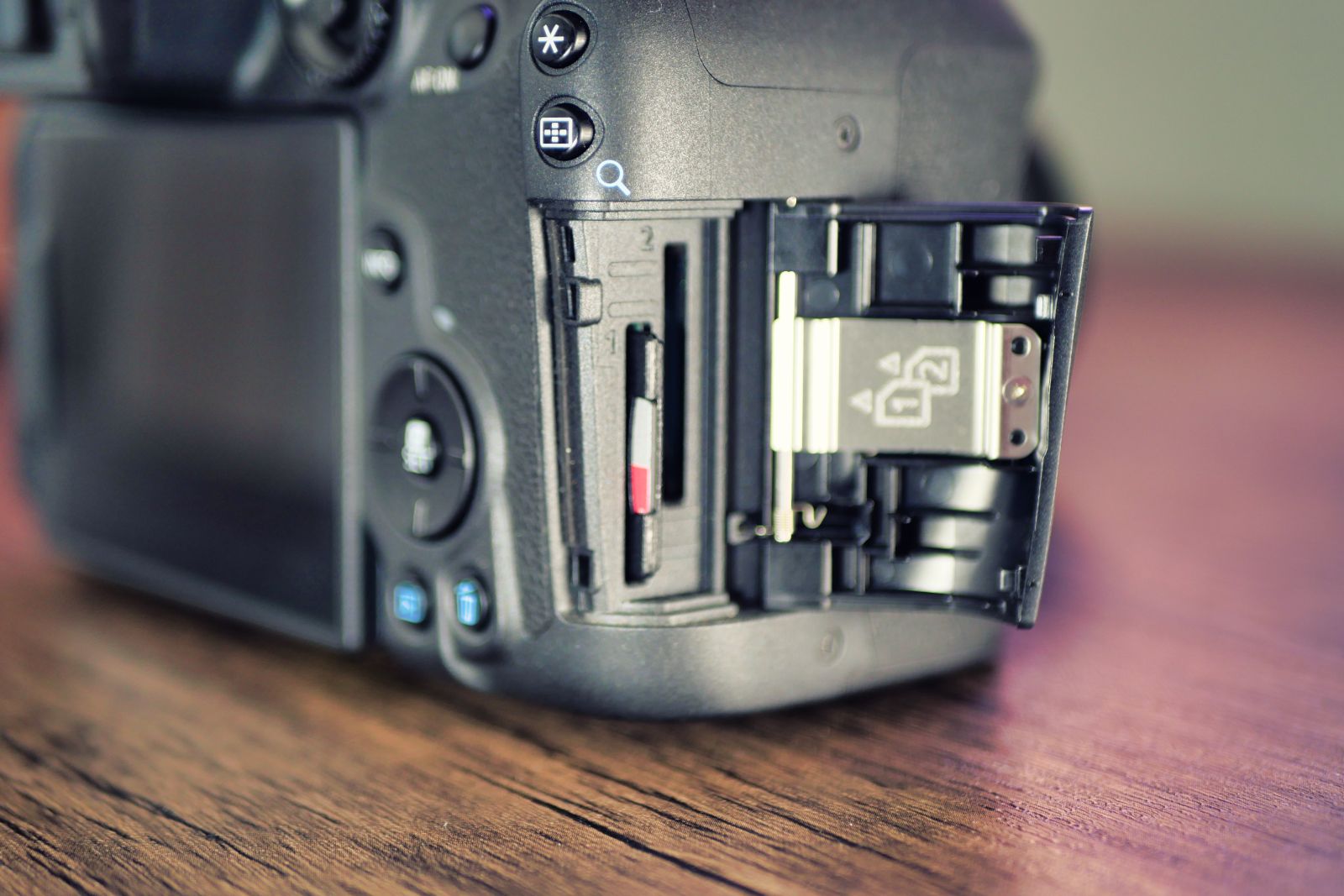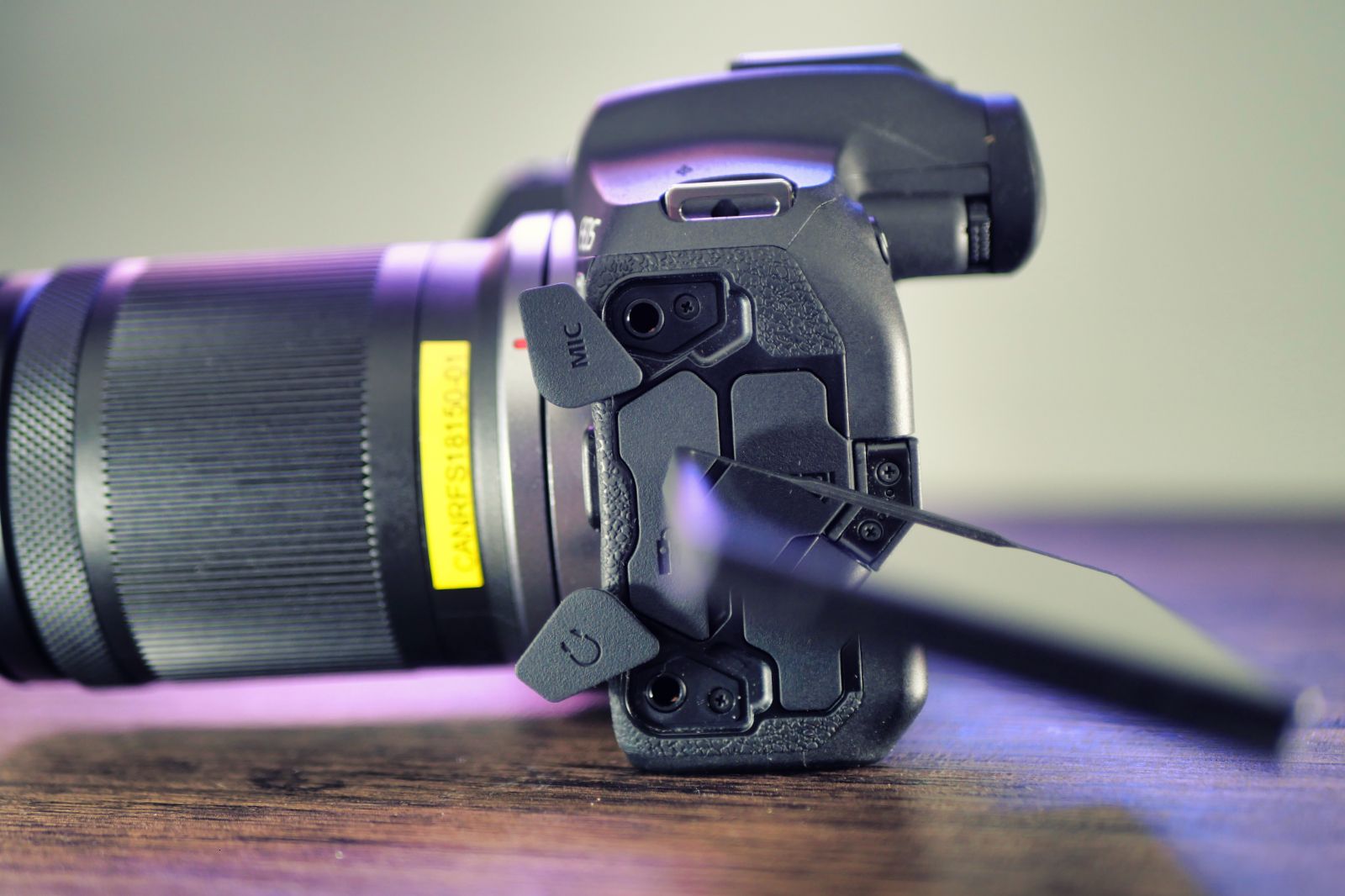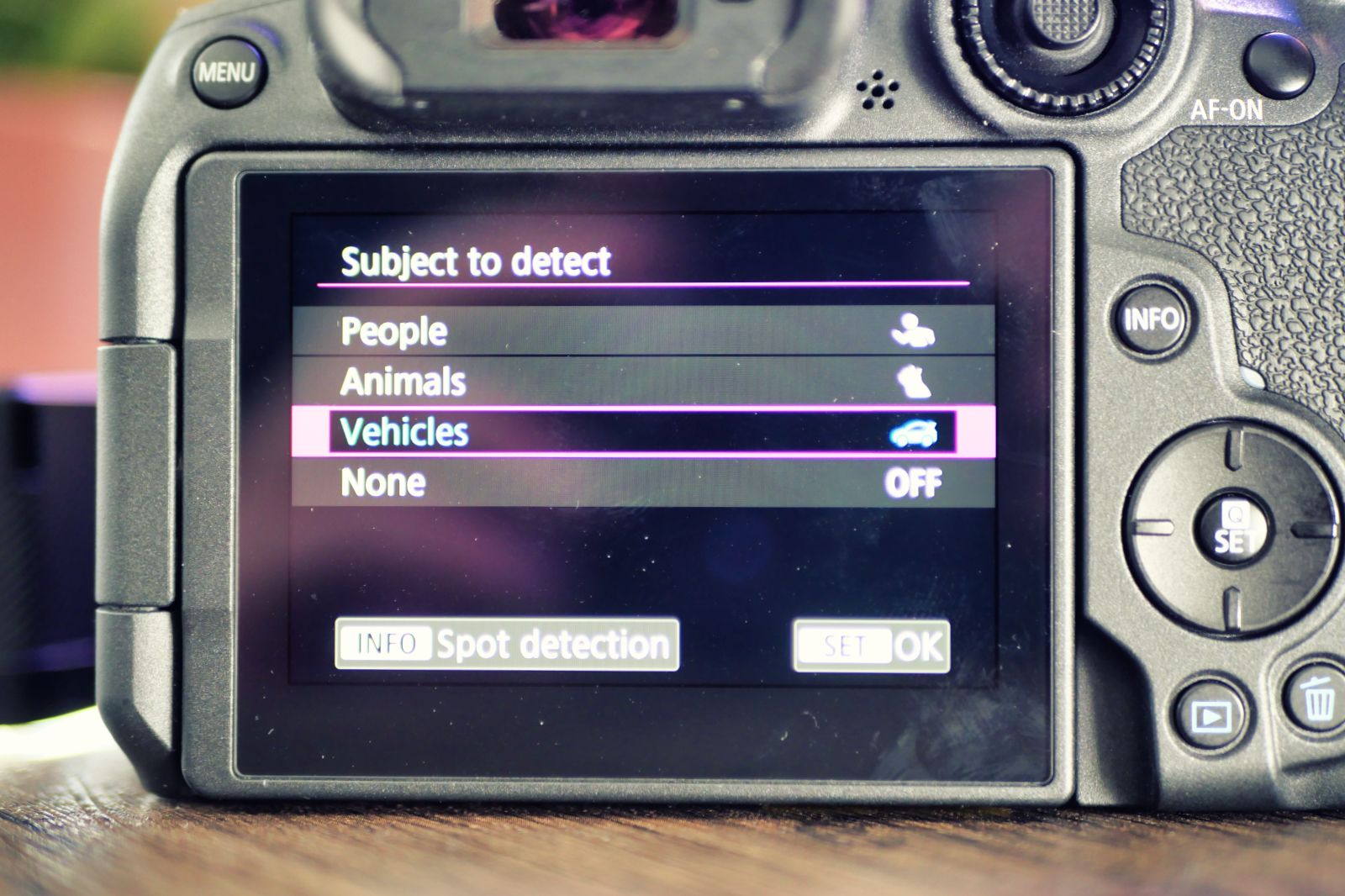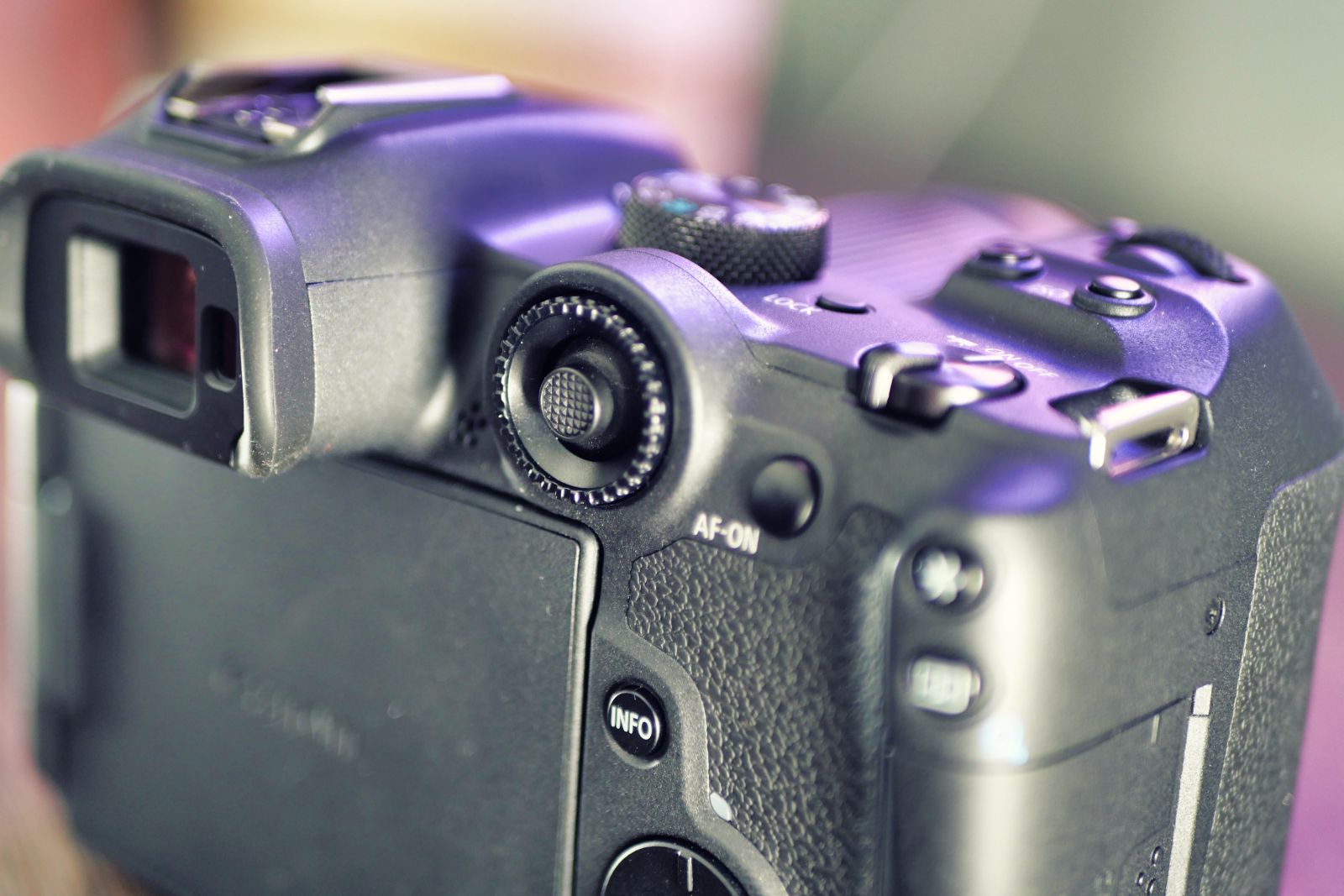The R7 is Canon's flagship APS-C camera, it launched alongside its cheaper sibling, the R10, and the two bodies are the first APS-C cameras to utilise the brand's RF mount - previously reserved for full-frame cameras.
The R7 is effectively the successor to the long-standing Canon 7D series of DSLR cameras. But, since it's a 2022 release, it is, of course, a mirrorless body. This means it gets an electronic viewfinder and a slightly sleeker body, along with some speedy burst shooting capabilities and superior autofocus.
The 7D was always a great pick for wildlife and sports shooters, and on paper, this sounds like it should best it on all fronts. So, how does the Canon EOS R7 fair in the real world? We've been putting it to the test.
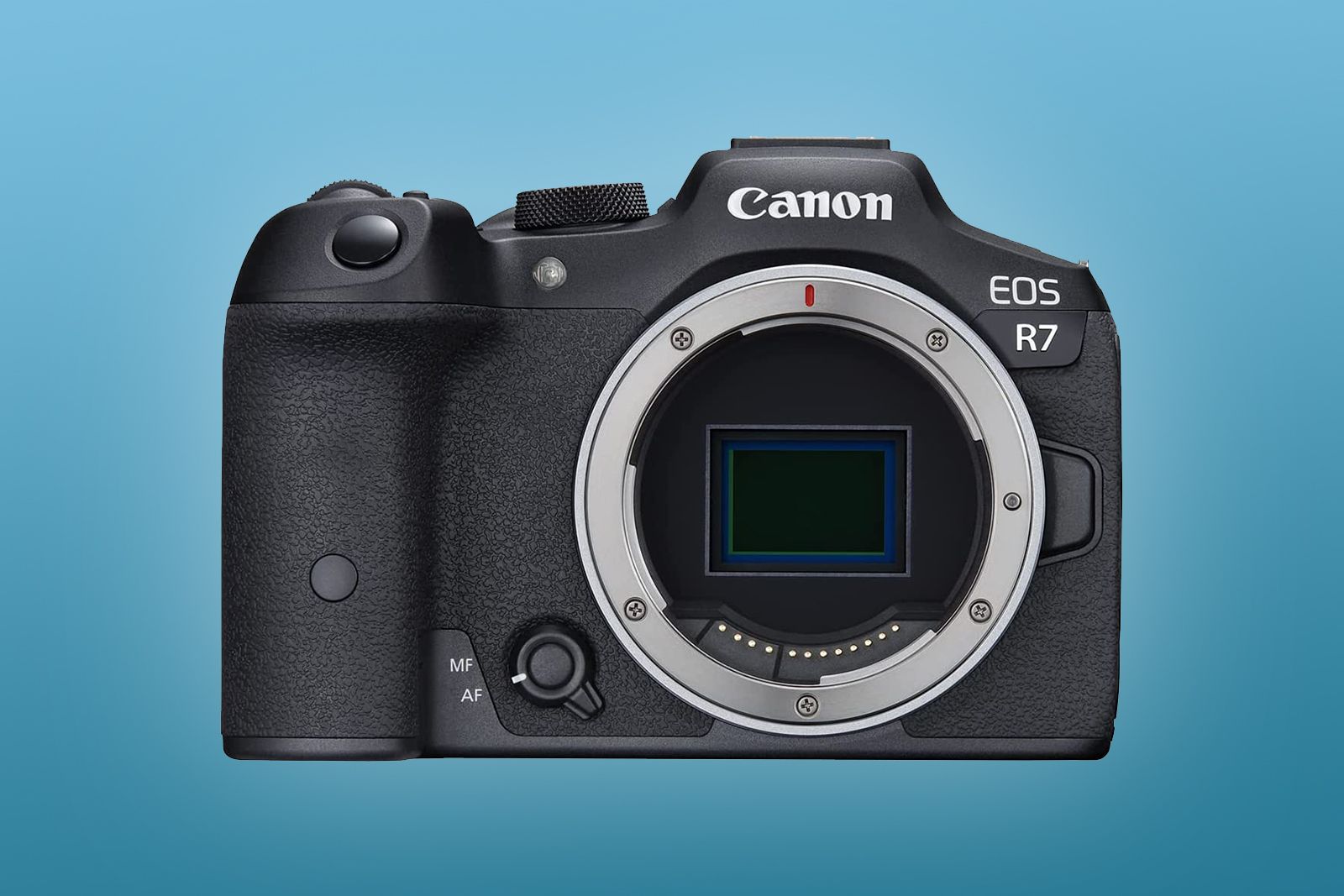
Canon EOS R7
The Canon R7 is an extremely capable and well-priced camera but it's let down by its lack of lens options. If Canon releases some more compelling glass for the RF-S system, it'll be much easier to recommend.
- Great autofocus and subject recognition
- Capable IBIS system
- Ergonomic design
- Speedy burst shooting
- Good value for money
- Very few RF lenses designed for APS-C
- The new rear wheel isn't great
- Slow sensor readout can introduce rolling shutter
Design
- Body: 132.0 x 90.4 x 91.7 mm
- Weight: 560g (612g with card and battery)
- Weather sealed body
- New AF point selector and rear control wheel
Aesthetically, the Canon R7 matches the rest of the Canon lineup with its smooth sweeping curves and hardy plastic construction. If you've used any Canon bodies, even DSLRs dating back decades, you'll no doubt find the button layout familiar and intuitive.
One thing that's new, though, is the placement of the rear wheel. It now encircles the AF selector joystick and is placed high up to the right of the EVF. We're not sure what the logic is behind this positioning, but we aren't particularly taken with it.
We found it harder to use when looking through the EVF and often found ourselves accidentally nudging the wrong control when aiming for the joystick or the wheel. For the most part, it works as intended, but we much prefer the traditional layout found on cameras like the R6.
The on/off switch now has a movie mode function added, which makes it very convenient to switch to video shooting. It remembers your settings when you switch between modes, too. We're big fans of this addition.
Around the front, there's an AF/MF switch that's positioned near your ring finger when the camera is in use. We found this fairly easy to operate and could imagine it coming in especially handy if you're using the camera to film yourself.
Elsewhere, the buttons and their layout are fairly familiar. We were pleased to find that almost everything is within reach of your right hand, making one-handed shooting nice and easy.
When the camera is turned off, the shutter closes to protect the sensor during lens swaps. We love this feature and would like to see other manufacturers adopting it, too, it makes changing lenses in less-than-ideal conditions a much less stressful affair.
Overall, it's a very ergonomic design and feels very comfortable in the hand. It doesn't quite have the same premium feel as a body like the Fujifilm X-H2, but it feels robust enough and is weather resistant for added peace of mind.
Connectivity and displays
- Dual SD card slots
- Micro HDMI, 3.5mm headphone and mic sockets, USB-C
- Flip out 2.95-inch 1.62 million dot LCD
- 2.63 million dot OLED EVF
The Canon R7 features dual SD card slots, there are no fancy video codecs in use here and so no need for expensive CFexpress cards. We're glad to see two slots included, as this allows you to either bolster your storage space or, more likely, back up your files on the fly.
Port selection is crucial for any hybrid shooter, and Canon has done a good job here. A full-size HDMI would have been nice, but Micro HDMI gets the job done, it's just a little less sturdy. If you want to record externally, the HDMI can output YCbCr 4:2:2 10bit when HDR PQ is enabled, at other settings it's 8bit 4:2:0.
We praised the Fuji X-H2S for its port layout, which allowed you to access the HDMI and microphone ports with the screen flipped out, but actually, what Canon has done here is even better. In this case, you can't access the HDMI, but you can access both the headphone and microphone sockets. Since the HDMI would most likely be feeding an on-camera monitor, it's less likely to be needed, so this is probably preferable for most users.
The LCD is a 2.95-inch touchscreen with a 1.62 million dot resolution, the same one found on the Canon R6. It gets the job done handily and is clear and responsive, but it's nothing to write home about.
The same can be said of the EVF. It works well and is pleasant to use, but it's significantly smaller and lower resolution than that of the Fuji X-T5. It is, at least, 120Hz, which makes motion very smooth when looking through the eyepiece.
Photos and videos
- APS-C CMOS sensor - 32.5MP stills
- Sensor shift IBIS: up to 8-stops
- Up to 30fps burst shooting / 15fps with mechanical shutter
- Up to 4K 60fps / 1080p 120fps video
- 4:2:2 10bit colour when CLOG3 or HDR PQ is active
Photo performance is strong, with speedy burst rates available and a quick and effective auto-focus system. There's plenty of resolution and some of Canon's colour magic that provides saturated and lifelike tones.
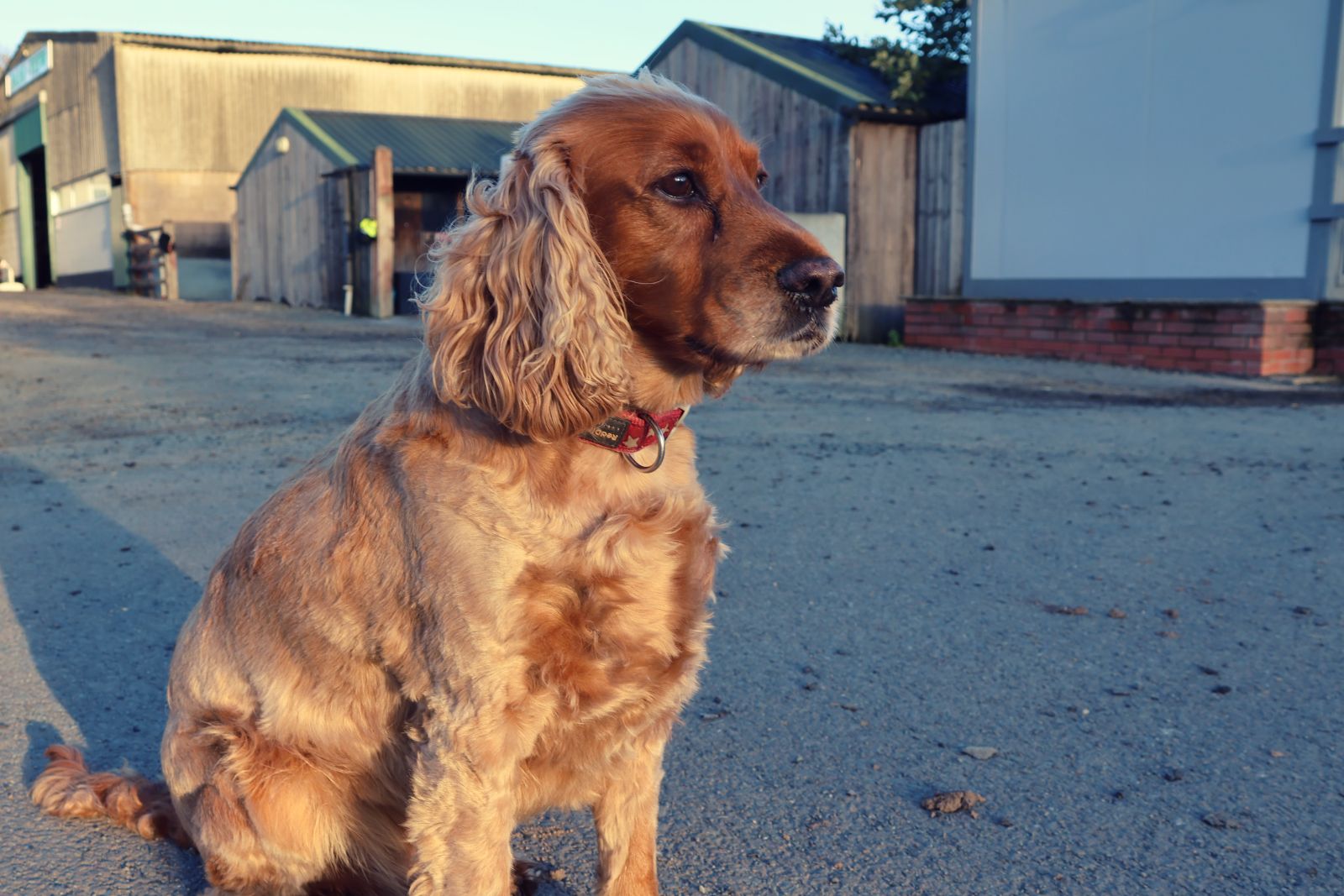
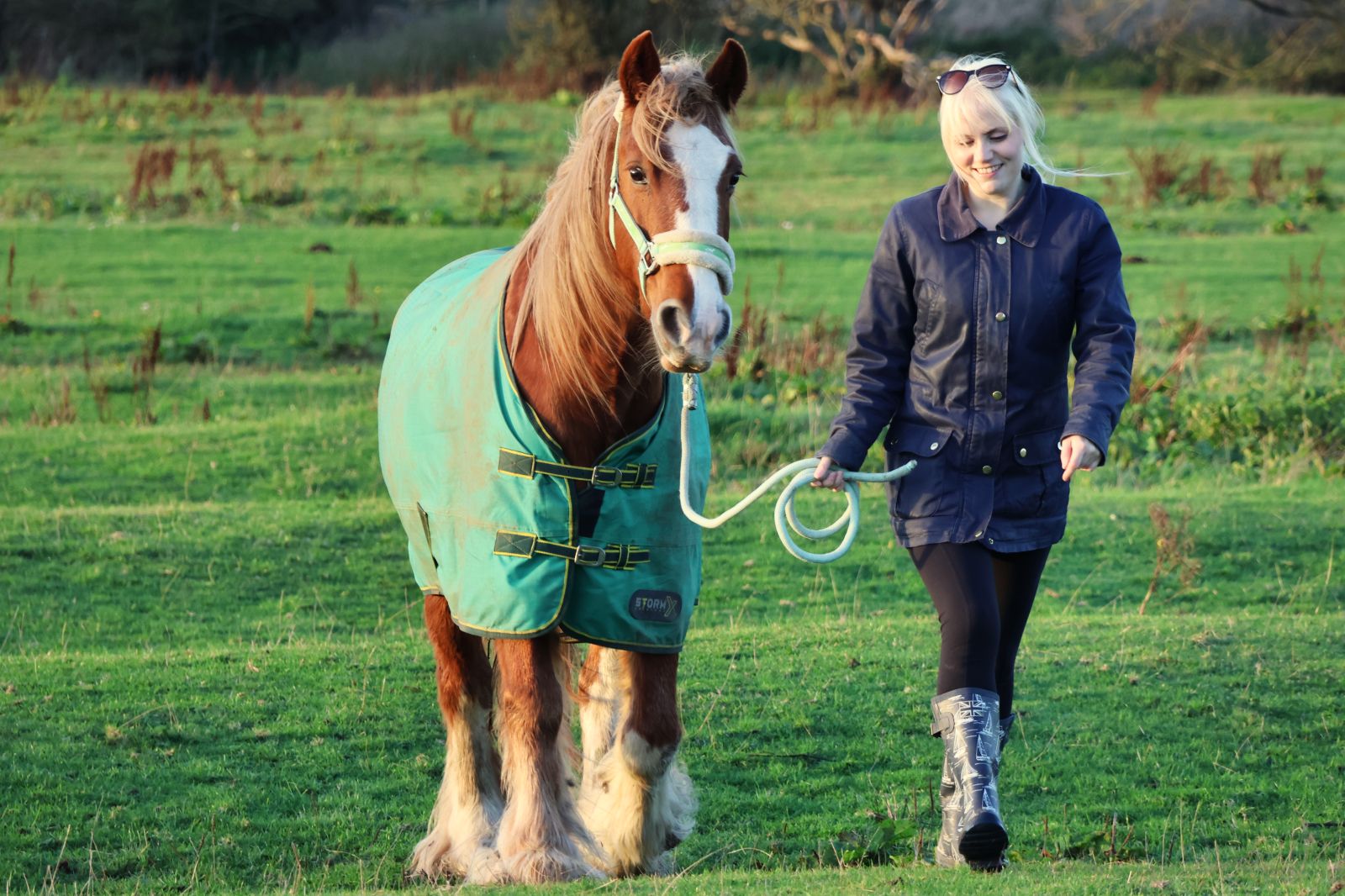



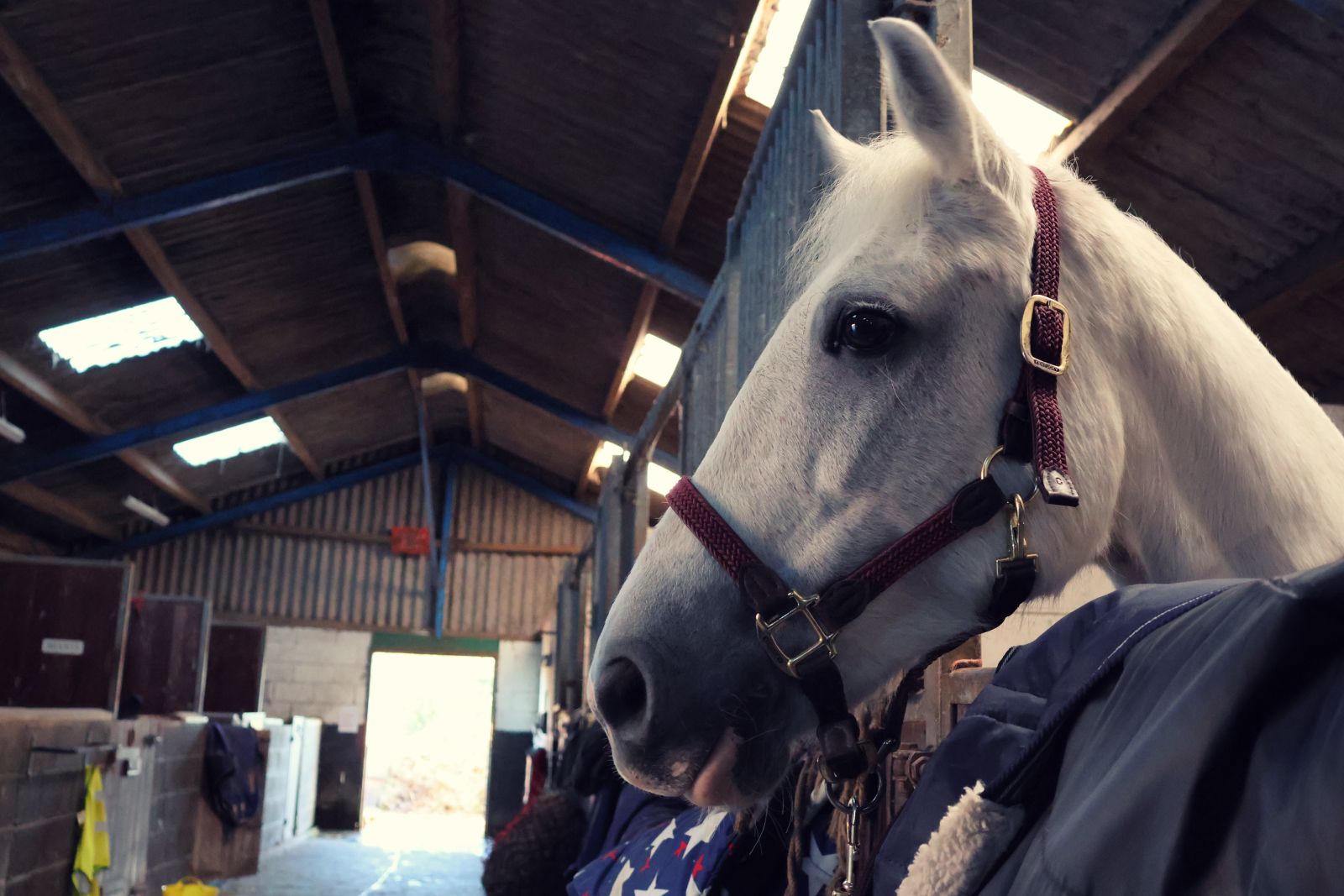
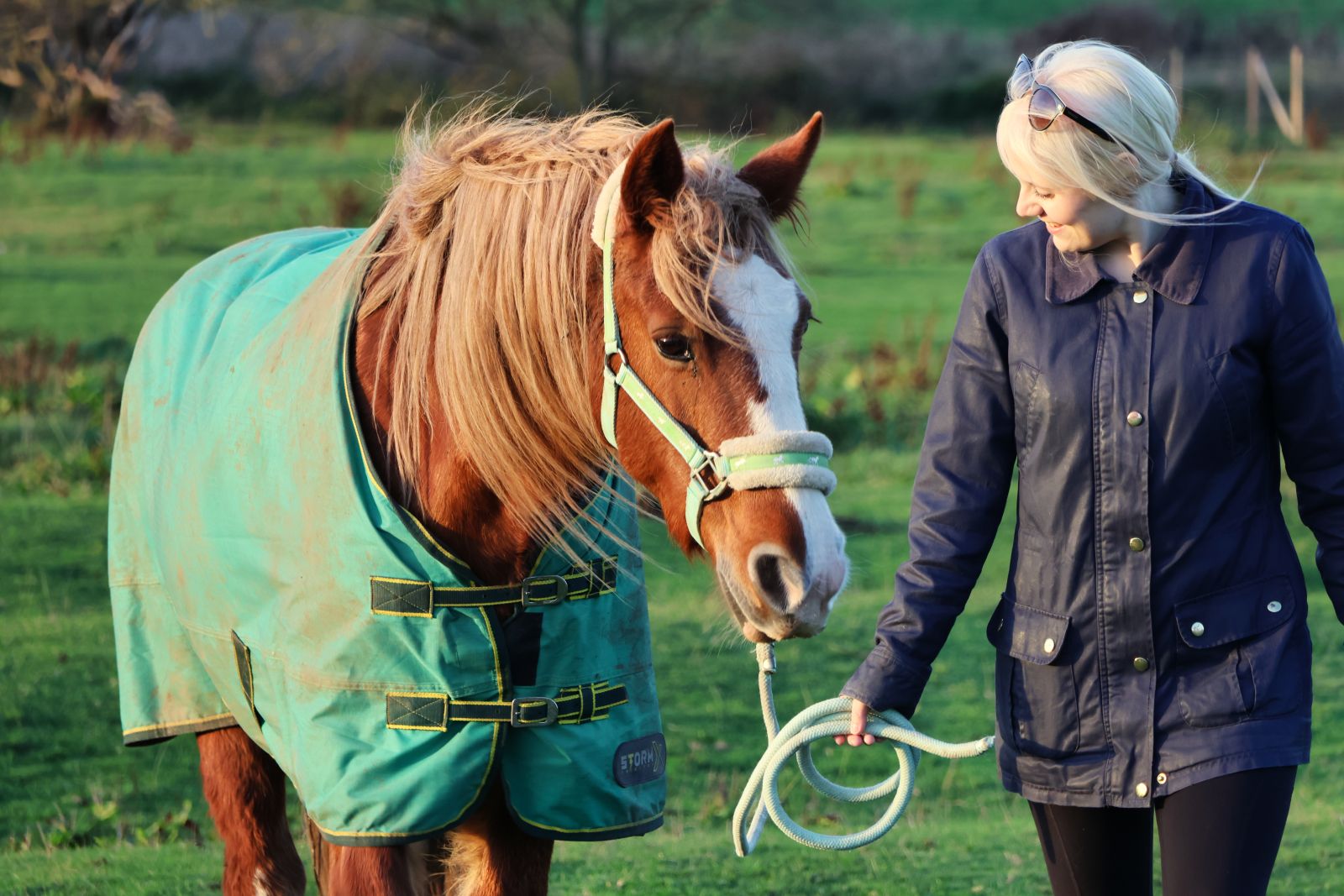
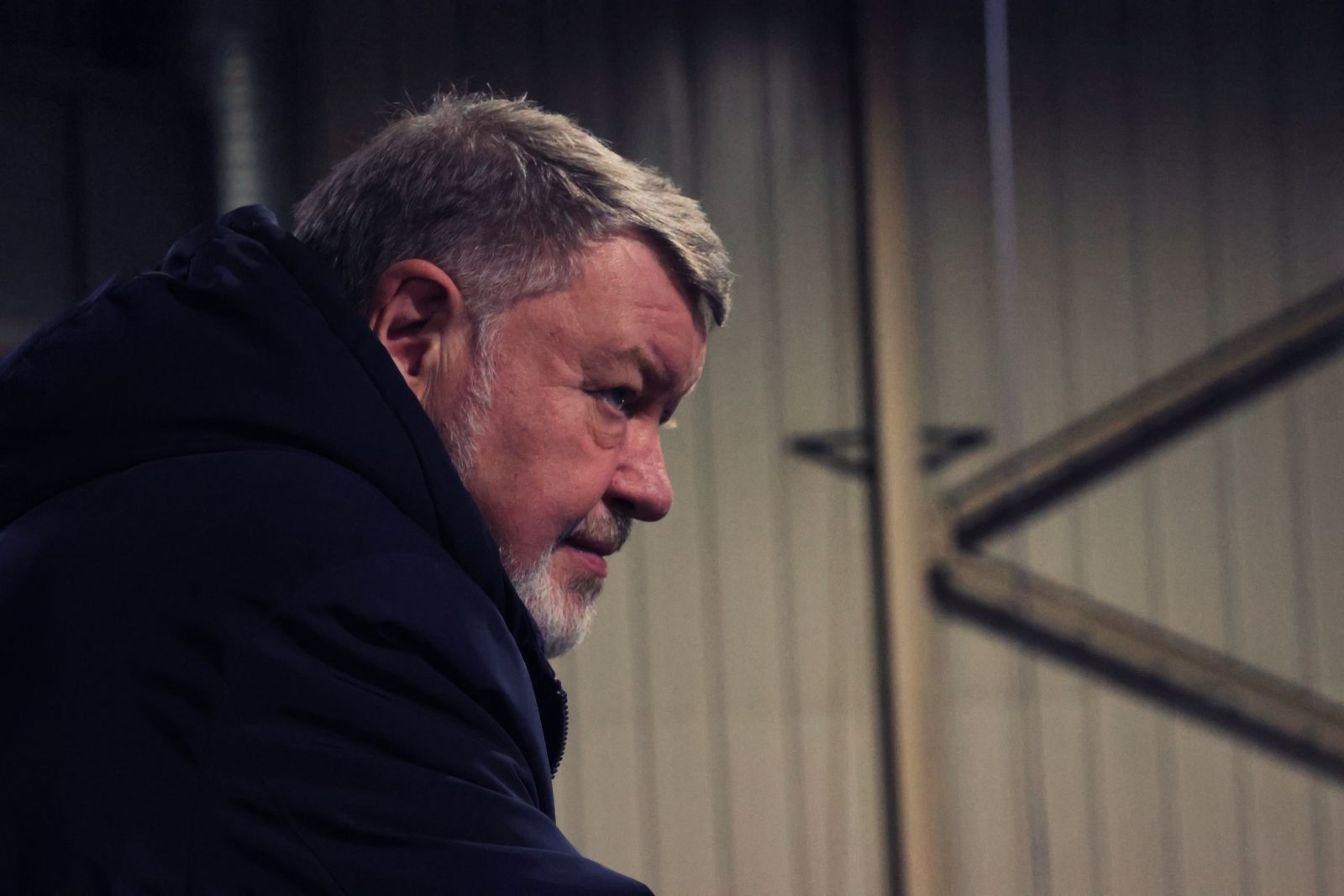

We found that ISO speeds up to around 6400 provided nice clean JPEGs without muddying the image too much. At 12800 and beyond there's too much noise reduction to be used for any serious work.
There is a range of subject detection options that work across both video and photo modes, this includes tracking for people, animals and vehicles. All do an admirable job, but, as usual, it's most reliable with human subjects. In any case, we were very pleased with the high success rate.
Overall, we were impressed with the images that we were able to capture with the R7 and, really, only noticed one significant downside. The sensor has a relatively slow readout speed, this means that when shooting bursts with the electronic shutter it's fairly easy to introduce rolling shutter effects that manifest as wobbly lines that should be straight.
If you stick to the mechanical shutter, this effect disappears entirely, but you'll be stuck at a maximum of 15fps and lose the luxury of silent shooting. For us, this wasn't a major issue, but it may be off-putting for sports and wildlife photographers.
When it comes to video, performance is pretty great, too. The oversampled 4K, or 4K Fine as it's called in camera, looks particularly nice, but you are limited to a maximum of 30fps. Meanwhile, the subsampled 4K mode allows for up to 60fps, at the cost of a slightly less detailed image.
You get 10-bit colour when shooting in CLOG3, which is great for colour correction, but there are no professional-grade codecs onboard. You could, of course, use an external recorder if you need something like ProRes.
We found the lack of slow-motion options to be a bit disappointing, you can record at up to 120fps in 1080p, which is nice to have, but lags behind competitors. Many similarly specced cameras will allow for 240fps at 1080p, and in an ideal world, we'd have some high-speed options for 4K, too.
Verdict
The Canon R7 provides impressive autofocus, speedy shooting, excellent colour science and solid stabilisation. It does it all at a reasonable price, too.
The problem lies with the lens ecosystem as a whole. At the time of writing, there are only two lenses designed specifically for APS-C RF mount cameras, and neither is particularly impressive.
If you already have a collection of full-frame RF glass, and like the idea of having a smaller body or the extra reach of a cropped sensor, then it might make more sense. Otherwise, the lenses available are both too expensive and too large for most to consider for APS-C usage.
You can adapt EF-mount lenses, too, and the camera is often available bundled with this adapter. However, the autofocus performance isn't as good with these lenses, so you lose out on one of the R7's strongest features.
Hopefully, we'll see Canon release some more compelling glass in the months to come, when that happens, the Canon R7 will be much easier to recommend.

